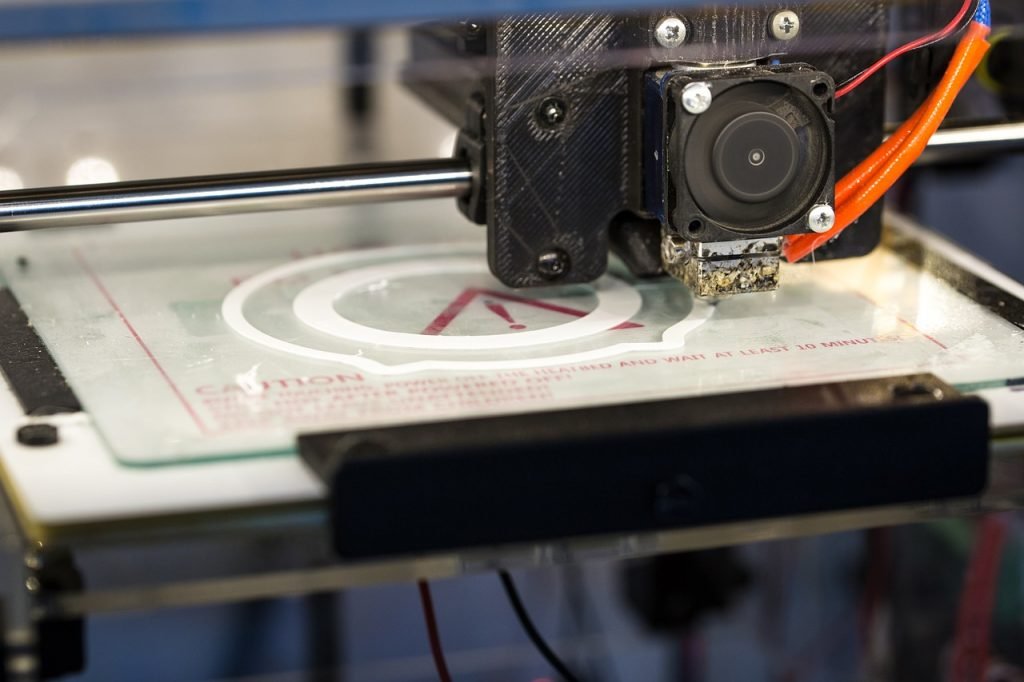
Top Tech Inventions that are Shaping the Future of Business

As technology pushes forward at a relentless pace, it’s no surprise that our standard business procedures are shifting to make way for new inventions. From the factory floor to the C-suite offices, tech will drastically affect the future of big and small industries alike.
But what exactly does that look like? While companies have big plans in mind, it will take time to integrate these technologies into the production process. Take a peek at some of the top tech innovations that will be making their way into the workplace over the next few years.
Drones
That two-day Amazon Prime shipping that we’ve all come to know and love could be getting even speedier. In 2016, Amazon delivered its first package via drone to a customer in the UK. Since then, various patents have been issued to the online retailer giant, including one for drone technology that would allow it to respond to human gestures.
Voice commands, hand movements, and other communication clues could all be read and assessed by this little flying mailman. Amazon has unveiled plans to create drone delivery “hives” that function as a delivery warehouse. It may be sooner than we think that we start to have our packages delivered by drone.
3D printers
We’ve all heard about the wonders of 3D printing, but a metal 3D printer from HP is sending out new shockwaves in the industrial production community. For most manufactured products, pieces are made separately via assembly lines and then assembled into one unit. A 3D metal printer can make a single unit with all parts already attached.
Decreased expenses, increased quality assurance, and less manufacturing waste are just a few of the benefits that this printer would have on the factory floor. This type of tech could significantly streamline the workflow of manufacturers, from aerospace engineers to auto mechanics.
Virtual reality
From the military to retail giants like Walmart, virtual reality has made a major difference in the lives of workers across industries. Training for specialized skills can be done in risk-free environments (for example, training surgeons for new procedures). Or, VR could be used to visualize a physical space long before it exists, making the pen-on-paper work of architects come to life in a whole new way.
Virtual reality—and its sister tech, augmented reality—can be used to visualize data during an important news report. It could also be used to create one-of-a-kind gaming experiences. This innovation is truly limitless. We’re bound to see virtual reality creating new jobs instead of simply assisting with old positions.
Self-driving cars
There’s been a lot of buzz over self-driving cars in the last few years, and while there are a lot of kinks to be straightened out, the possibility of never touching the steering wheel again is within reach. Tesla has equipped its vehicles with full self-driving hardware that could possibly double safety on the roads. Boasting the ability to self-park, navigate tricky roads, and respond to calendar events, there are a million and one ways this tech can be integrated in day-to-day business.
Apart from personal use, self-driving cars would eliminate the risk of human drivers getting into accidents and costing companies thousands of dollars in legal fees. Lower fuel consumption would also cut costs, and it’s more environmentally friendly (assuming that self-driving cars aren’t all electric by then!) And not to mention, people would be able to focus their efforts on solving the big problems at hand instead of wasting time on menial tasks, like delivery shipment supplies.
Facial recognition
What once seemed like a sci-fi concept is now rapidly making its way into the business sector. Apple has already integrated facial recognition software into some of its phones, but it’s only a matter of time before we see this tech in other areas of our lives.
Think about how facial recognition can increase security at banks, hospitals, and other facilities that need to keep a close eye on all comings-and-goings. Crimes will be solved quicker. Repeat customers will be served quicker. And tech will become even more personalized than it already is.
The key to good business is to keep evolving. With new innovations in tech being released on a daily basis, stagnation will be a problem of the past. The future of business lies within technology, so why not greet it with open arms?






































